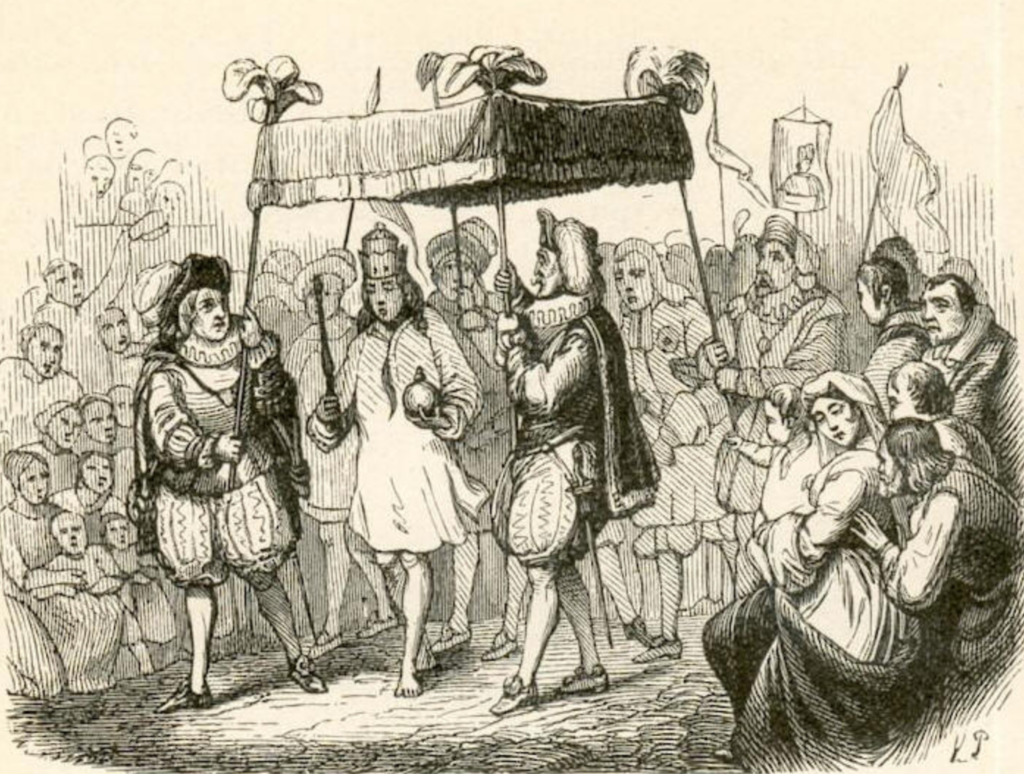By March Twisdale
If you blended Beatrix Potter with Stephen King, you might come close to Hans Christian Andersen. All three writers started life with severely limited opportunities. All three overcame those challenges through hard work, grit, and the necessary dashes of chutzpah and luck. And, all three focus (in their own, unique way) on the tough realities of life in the human world.
In our modern Western culture, tough realities are far less popular than they used to be, especially when creating content for children. We like to raise our children with rose-tinted glasses. This cultural shift is quite evident when comparing Hans Christian Andersen’s original writing (Andersen is the eighth most-translated author in the world) to the current, watered down versions so abundantly found on bookshelves and movie screens. One excellent example would be Disney’s version of “The Little Mermaid,” which barely tracks Anderson’s original story … losing most of the value and all of the tragedy along the way.
What do you recall from your earliest memories of “The Emperor’s New Clothes”? My child mind retained one specific lesson, centered around the final moment where a child (unbound by social inhibitions) points at the naked Emperor and innocently calls out the obvious. After re-reading the original, imagine my shock to discover what really mattered was everything leading up to that moment.
When Hans Christian Andersen wrote “The Emperor’s New Clothes,” he was asking questions that are uniquely relevant to the times we live in today. What led to an Emperor walking “naked” through the streets of his city? Why did the people tasked with protecting him remain silent and not speak up? How did people doubt what they saw with their own eyes? What fears and insecurities played a role?
All fairy tales and fables offer lessons from the ages. It’s up to us to learn them. Our fate awaits.

